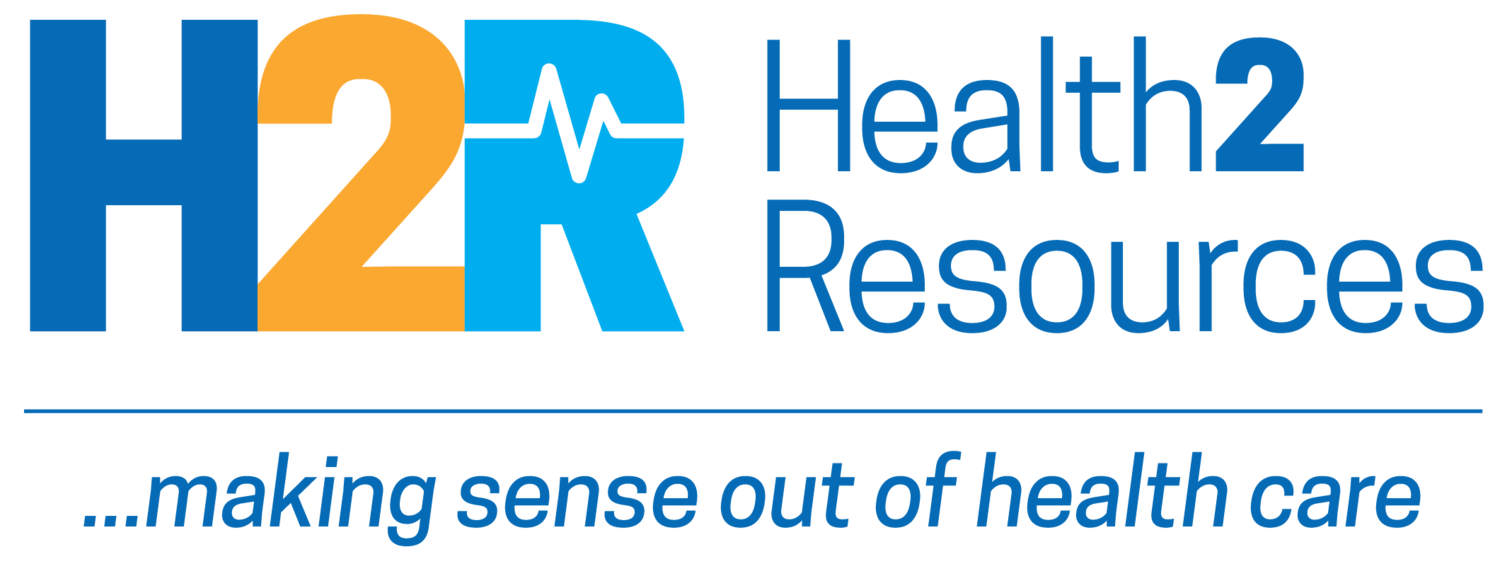February 3, 2022 | Millions gain coverage, but will it last?
INDUSTRY NEWS
Millions gain coverage, but will it last?
As of Jan. 27, at least 14.5 million Americans enrolled in health care coverage through the ACA marketplace. Of these, 10.3 million people enrolled through HealthCare.gov and about 4.2 million people enrolled through state marketplaces. Overall, 5.8 million people have newly gained coverage since 2021. However, this success could be fleeting, according to the AP. The administration’s earlier coronavirus relief bill included generous subsidy increases that benefit new and returning customers by lowering premiums and out-of-pocket costs. But that support goes away at the end of the year unless Congress acts. (AP; Health Affairs Forefront)
Diabetes-related deaths surging during pandemic
Diabetes-related deaths surged 17% in 2020 and 15% in 2021 compared to the pre-pandemic level in 2019, according to analysis from Reuters. That excludes deaths directly attributed to COVID-19. For a second year in a row, more than 100,000 Americans died from diabetes in 2021. An expert panel has already urged Congress to overhaul diabetes care and prevention—and move beyond a reliance on medical interventions alone. Among the recommendations: promote consumption of healthier foods, ensuring paid maternal leave from the workplace, levying taxes on sugary drinks and expanding access to affordable housing. (Reuters)
INNOVATION & TRANSFORMATION
Cuban’s pharmacy launch reveals big savings
Mark Cuban Cost Plus Drug Co. launched its online pharmacy last month. The company produces low-cost versions of high-cost generic drugs. It doesn’t partner with PBMs, and it does not accept insurance. However, its cost-saving model means patients are often offered prices lower than what most health plans' deductible and copay requirements would total, according to the company. Becker’s Hospital Review provided a list of the 27 medications for which pharmacy offers a savings of $100 or more. (Becker's Hospital Review; FAQs)
CONSUMERS & PROVIDERS
RAND: Volume-based payments still dominate
Most physicians employed in group practices owned by health systems are paid primarily based on the volume of care they provide, according to findings published in JAMA Health Forum. In these practices, volume-based compensation was the most common type of base pay for more than 80% of primary care physicians and for more than 90% of specialists. “The results of this cross-sectional study suggest that PCPs' and specialists', despite receiving value-based reimbursement incentives from payers, [...] compensation [...] was dominated by volume-based incentives designed to maximize health systems revenue,” they conclude. (JAMA Health Forum; RAND announcement)
More docs seeking mental health services
Visits for mental health and substance use disorder increased 27% for physicians during the first year of the pandemic, according to research published in JAMA Network Open. The relative increase was significantly greater among physicians with no history of mental health or substance abuse issues (vs. those who did). The findings were similar regardless of age, gender and urban or rural setting—and even whether they treated COVID-19 patients. The findings highlight “a potential greater requirement for access to mental health services and system level change,” researchers conclude. (JAMA Network Open; University of Minnesota CIDRAP)
Lack of PCPs associated with wastefulness
Health systems with fewer primary care physicians were associated with performing more wasteful health care services, according to findings published in JAMA Health Forum. Overall, the cross-sectional study of 676 US health care systems found that those overusing health care had more beds, fewer primary care physicians, more physician practice groups, were more likely to be investor owned and were less likely to include a major teaching hospital. Integrated health care delivery systems were found to provide more high-value services. Organizations in highly competitive markets were associated with overusing low-value care. (JAMA Health Forum; Health Exec)
NEW & NOTED
GAO criticizes HHS pandemic response: A new Government Accountability Office report finds that Health and Human Services has failed to fix problems in its pandemic response. The report points to several concerns, including leadership shortcomings, difficulties in collecting and analyzing data, and problems communicating with the public. GAO also recommended that the administration bolster nutrition assistance, emergency rental assistance and business tax relief as part of its COVID-19 response. (GAO report; Politico)
Poor prevention: Most US children with sickle cell anemia do not receive recommended care, including preventive antibiotic treatment or and yearly stroke screenings, according to a paper in Pediatric Blood & Cancer. “New, sustainable, and coordinated interventions across preventive services are urgently needed,” researchers conclude. (Sickle Cell Disease News; Pediatric Blood & Cancer)
Uber Health hires CMO: Uber's health care arm has hired its first chief medical officer: Dr. Michael Cantor, a geriatrician who previously served as chief medical officer at Intuition Robotics, Bright Health and CareCentrix. According to Uber Health, he'll work on applying the company's technology to address gaps in care, integrate it into clinical workflows and bring care to patients at home. (Modern Healthcare*)
MULTI-MEDIA
Consolidation and primary care
Health Affairs Pathways is a new podcast that explores the “avenues and alleyways of the health care system” through storytelling. The first series, Piecemeal, examines how consolidation in health care is affecting independent primary care and interviews AAFP CEO Shawn Martin among others. (Health Affairs Pathways)
MARKETVOICES…QUOTES WORTH READING
“Despite growth in value-based programs and the need to improve value in health care, physician compensation arrangements in health systems do not currently emphasize value. […] The payment systems that are most often in place are designed to maximize health system revenue by incentivizing providers within the system to deliver more services.” —Rachel O. Reid, MD, a physician policy researcher at RAND and co-author of a study on value-based payments, in a prepared statement
